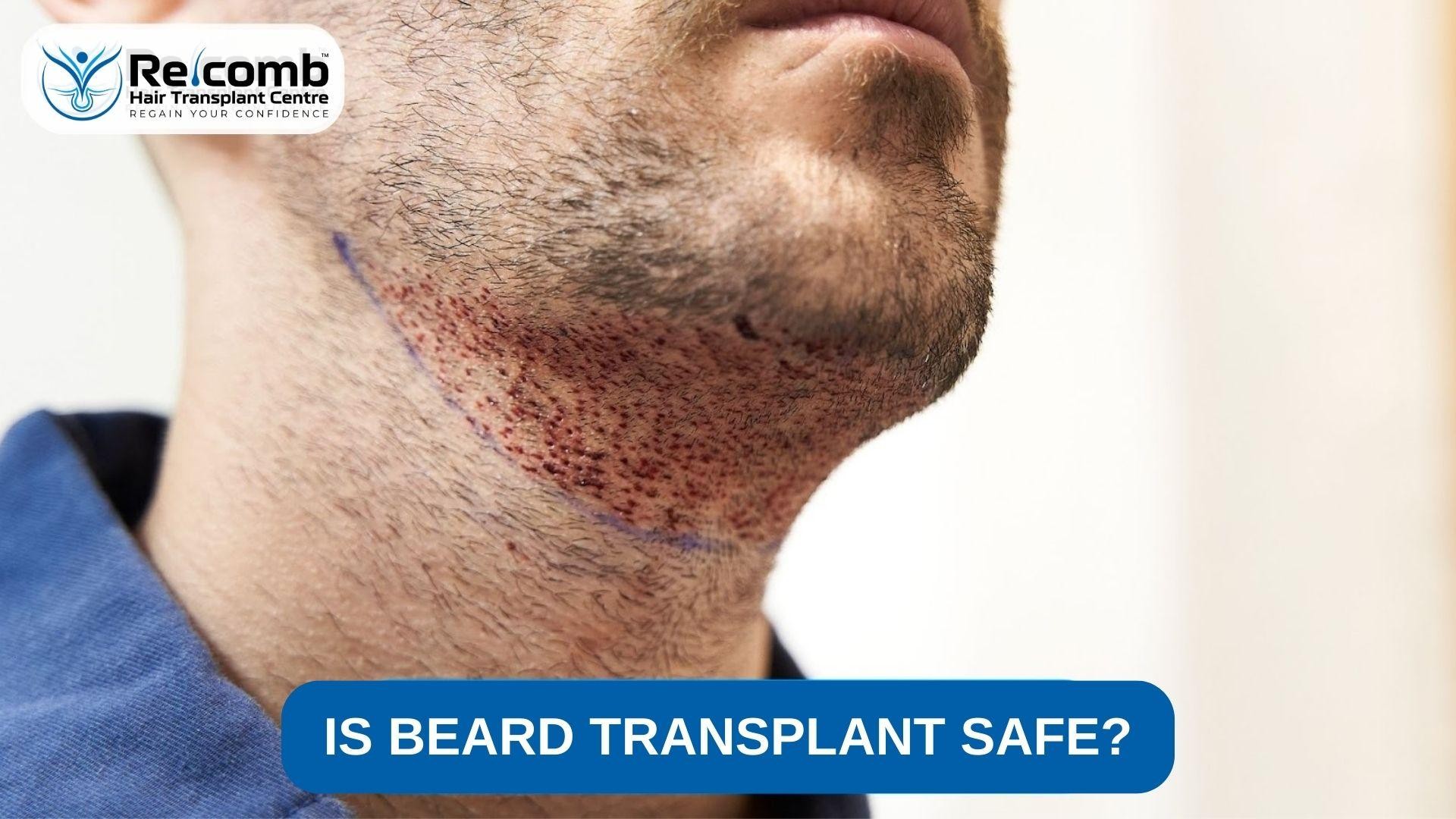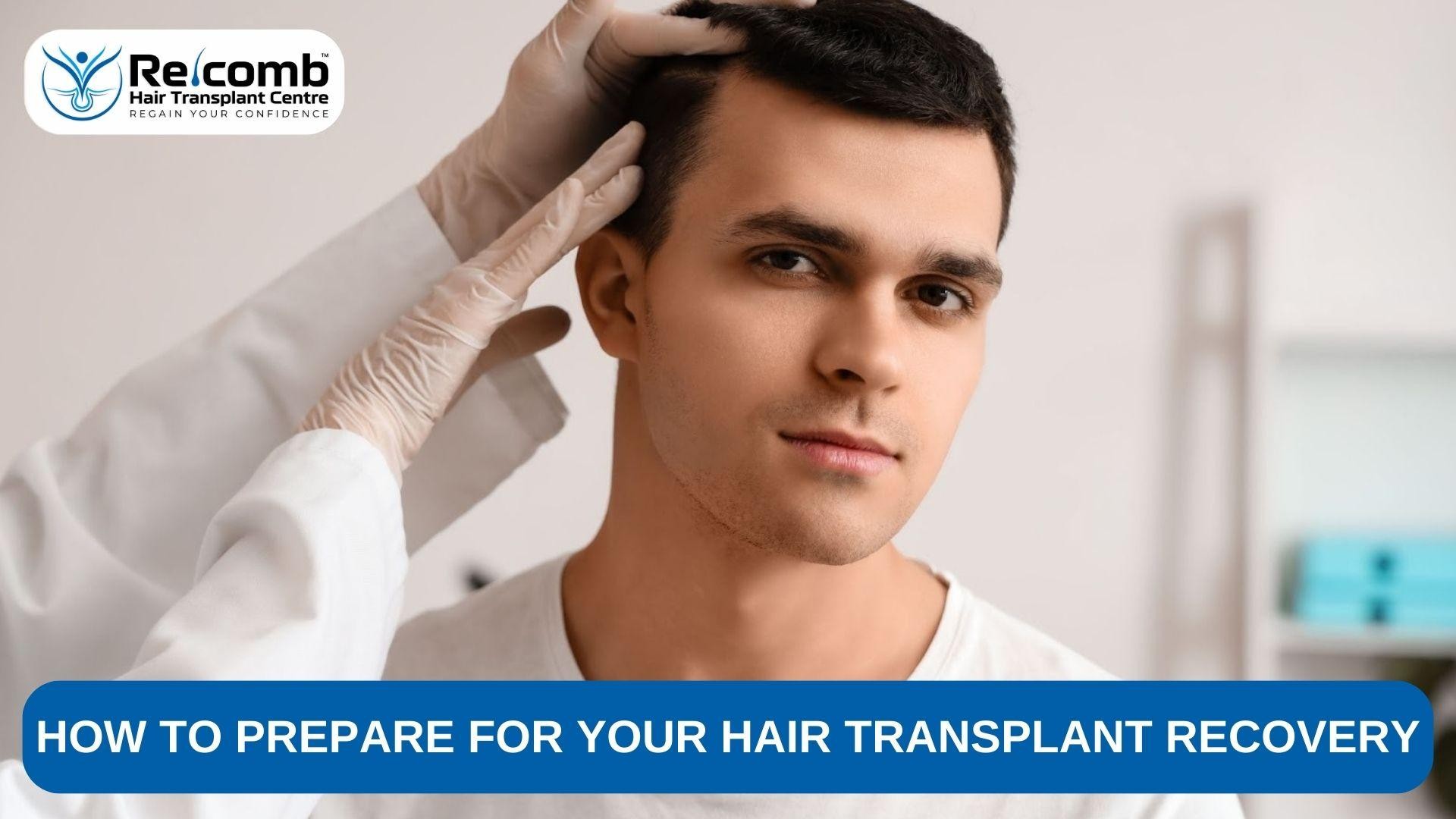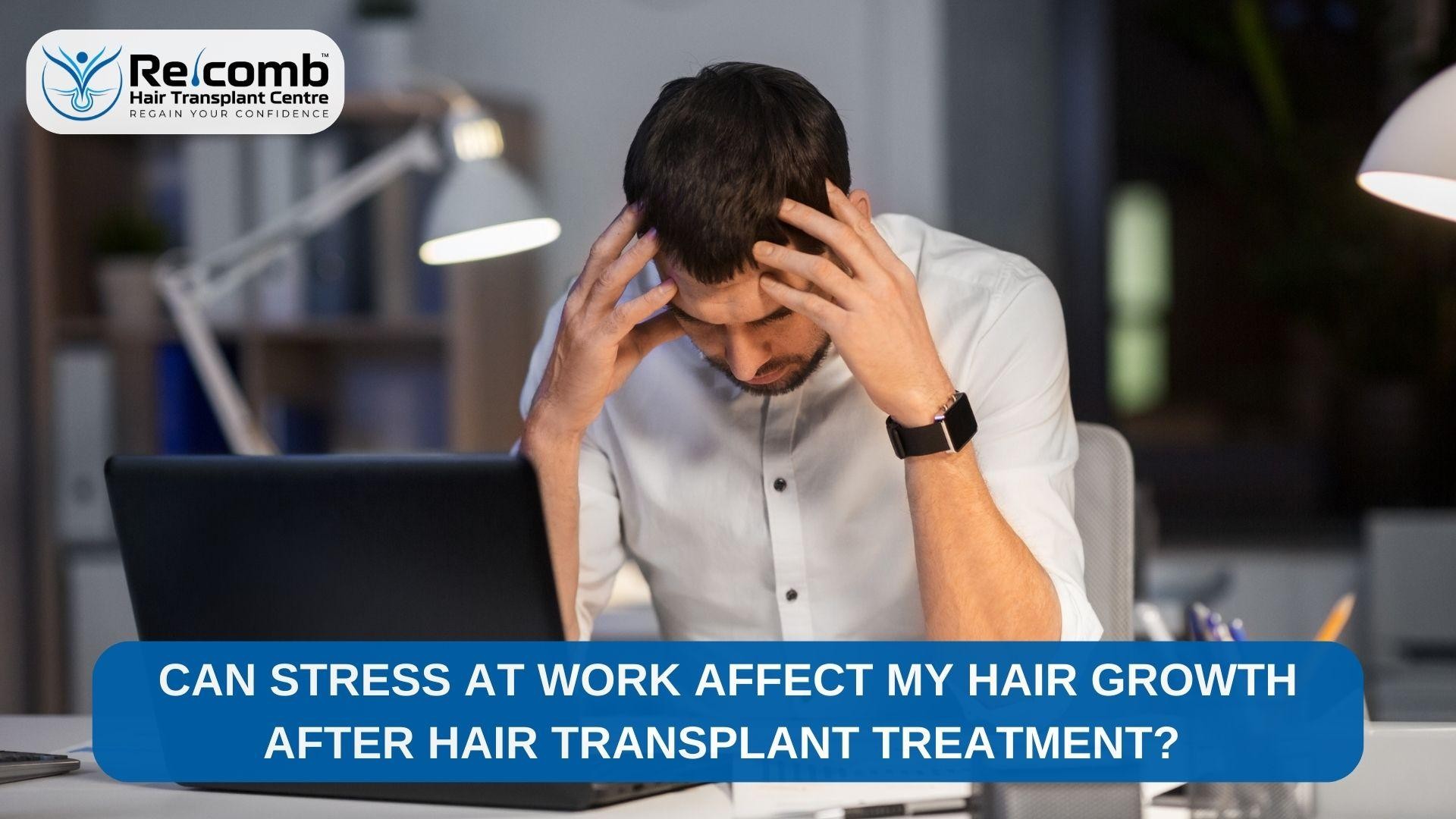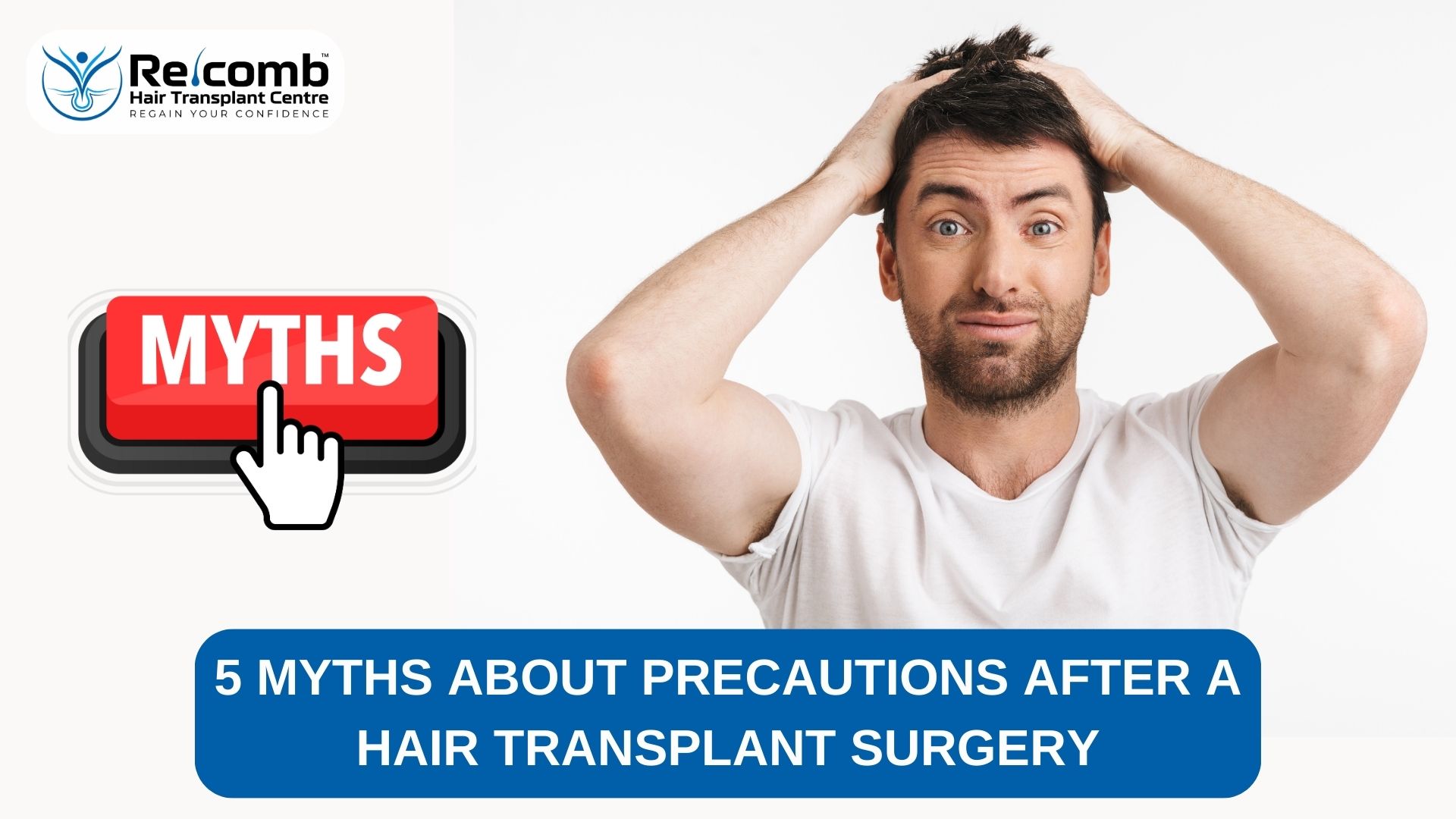
Beards have become a symbol of style, masculinity, and personal expression. For many men, growing a thick, full beard isn’t just a trend — it’s a confidence booster. But what happens if genetics, scarring, or other factors prevent you from achieving the beard you desire? This is where beard hair transplants come into play. But before diving into the decision, the burning question remains: Is a beard hair transplant safe? Let’s hear it from the best hair transplant doctors in Surat, our experts at Recomb Hair Transplant Centre.
Understanding Beard Hair Transplants
A beard hair transplant is a cosmetic procedure where hair follicles are taken from one part of your body (usually the back of your scalp) and transplanted into your bread area. The most common technique used is Follicular Unit Extraction (FUE), where individual hair follicles are harvested and implanted into the beard region. Another method, though less commonly used, is Follicular Unit Transplantation (FUT), where a strip of scalp is removed to extract follicles.
This procedure is typically performed under local anesthesia, ideally at one of the best hair transplant centres in Surat, and can take several hours, depending on the desired density and coverage. Over time, the transplanted hair follicles grow naturally, allowing for shaving, trimming, and styling just like a natural beard.
Is It Safe?
The short answer is yes — when performed by a qualified and experienced professional, beard hair transplants are generally safe. However, as with any surgical procedure, there are risks involved. The safety of the transplant depends largely on the clinic you choose, the surgeon’s expertise, and your overall health.
Potential Risks and Side Effects
While the procedure is considered safe, it’s important to be aware of potential side effects and complications:
- Infection: As with any surgery, there’s a risk of infection at the donor or transplant site. Choosing a reputable clinic that adheres to strict hygiene standards minimizes this risk.
- Scarring: Although FUE significantly reduces the risk of visible scarring, small marks can sometimes appear in the donor area.
- Swelling and Redness: Post-surgery, you might experience swelling, redness, or tenderness around the transplanted area. This is usually temporary and subsides within a few days.
- Ingrown Hairs: As the new hair grows, there’s a chance of developing ingrown hairs, which can cause irritation or small bumps.
- Shock Loss: Sometimes, transplanted hairs may temporarily fall out due to the shock of the procedure. This is typically temporary, and hair regrowth should follow naturally.
Who Is an Ideal Candidate?
Not everyone is a suitable candidate for a beard transplant. A good candidate is the one who :
? Has sufficient donor hair on the scalp.
? Is in good overall health with no underlying conditions that could interfere with healing.
? Has realistic expectations about the results and understands the results of undergoing the hair transplant.
? Is a non-smoker or willing to stop smoking, as smoking can hinder the healing process.
Before undergoing a beard transplant, consult with a certified surgeon to understand more about the process and get an estimate of the cost of hair transplant in Surat. They will assess your health, donor hair availability, and facial structure to determine if the procedure is right for you.
How to Ensure a Safe Procedure
If you decide to move forward with a beard hair transplant, taking the following precautions can help ensure your safety:
- Choose a Qualified Surgeon: Research clinics thoroughly. Look for board-certified surgeons with experience in hair restoration procedures. Reading reviews and checking before-and-after photos can also help gauge a clinic’s reliability.
- Discuss Your Medical History: Be transparent about your health conditions, medications, and any allergies. This helps the surgeon plan the safest procedure for you.
- Follow Pre- and Post-Procedure Instructions: Your surgeon will provide guidelines on how to prepare for the procedure and care for your skin afterward. Following these instructions reduces the risk of complications.
- Attend Follow-Up Appointments: Regular follow-ups allow your surgeon to monitor healing and address any issues promptly.
The Bottom Line
A beard hair transplant can be a life-changing solution for those struggling with patchy or thin facial hair. When performed by a qualified professional, the procedure is generally safe and offers natural-looking, permanent results. However, it’s essential to understand the potential risks and take necessary precautions to ensure the best outcome.
If you’re considering a beard transplant, consult a hair transplant surgeon in Surat to discuss your goals and determine whether you’re a suitable candidate. With the right approach, achieving your ideal beard might be just a few steps away.






